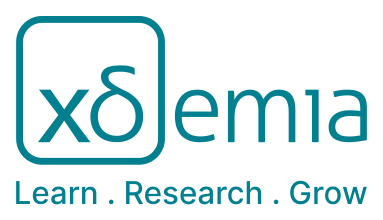Three-Phase DC AC Converter - Topologies and Tasks in PV and Wind Energy Systems, Modulation with Orthogonal Signals
8 Enrollments Level : AdvancedRelevance
Three-phase power conversion is typically being conducted when facing elevated power levels. Three-phase converters are essential in many industrial and commercial applications. Overall, three-phase converters are crucial for modern electrical systems, providing efficient, reliable, and flexible solutions for power conversion and management.
Abstract
This section examines three-phase DC/AC converter topologies and their in photovoltaic and wind energy systems, focusing on modulation with orthogonal signals. It discusses applications of three-phase converters without filter capacitance linked to the DC-link, commonly used in wind energy. PWM modulation techniques are explored in depth. The section also analyzes three-phase converters with filter capacitance connected to the DC-link, typically used in PV systems, highlighting key differences. Additionally, it looks into alternative three-phase topologies.
Learning Outcomes
Students
can explain the functionality of three-phase converter systems and choose – depending on boundary conditions – whether a filter capacitance is connected to the dc-link or not
implement different modulation technologies with special regard to the zero system
apply the Clarke and inverse Clarke transformation
can transfer previous aspects to 3-level converters
in order to
avoid large earth leakage currents only if applicable
achieve a favorable converter utilization with regard to dc-link voltage
handle independent and orthogonal signals in 4 wire systems (3 signals) and 3-wire systems (2 signals)
apply previous aspects on converters at higher power level
Prior Knowledge
Inverter Leg Operation, Controller Interaction and Protection Features
H-Bride Operation
Keywords
- Three Phase Rectifier
- Three Phase Inverter
- AC DC Conversion
- DC AC Inversion
- Space Vector Modulation SVM
Elements
1. About this Building Block
Aout this Building Block
2. Exercises
Exercises
3. Simulations
Simulations
4. Self-assessments
Self-assessments
Suggested Building Block
-

Inverter Leg Operation, Controller Interaction and Protection Features
7 EnrollmentsThis segment focuses on inverter leg operation, exploring topology, current behavior, and both transient and steady-state responses. Key topics include voltage transfer ratio, inductor current control, and synchronous sampling. It also examines the influence of digital controllers, highlighting control parameter settings. Essential protection features covered are Over Current Protection (OCP), Over Voltage Protection (OVP), and Over Temperature Protection (OTP).
-

H-Bridge Converter as single-phase, grid-coupled DC AC Converter
8 EnrollmentsThis section focuses on the H-Bridge converter, a versatile topology used as a single-phase, grid-coupled DC/AC converter. Also known as an H4 or Full Bridge, this configuration includes two inverter legs and supports four-quadrant operation. Initially, it is explored as a DC/DC converter with various modulation possibilities. As a DC-AC converter, the same topology is applied with a focus on slowly modulating a sinusoidal waveform, accounting for ripple at twice the mains frequency.
